Alas, the first week of Session 2 is over! We guess the old saying’s right– time does really fly by when you’re having fun! “How Stuff Works” still has another week to go, but before we unwind for the weekend, let’s celebrate what our campers and staff have done so far!
We’re back to take you through the events and projects this week at all STEAM camp locations, featuring our lovely instructors!
Richland Academy
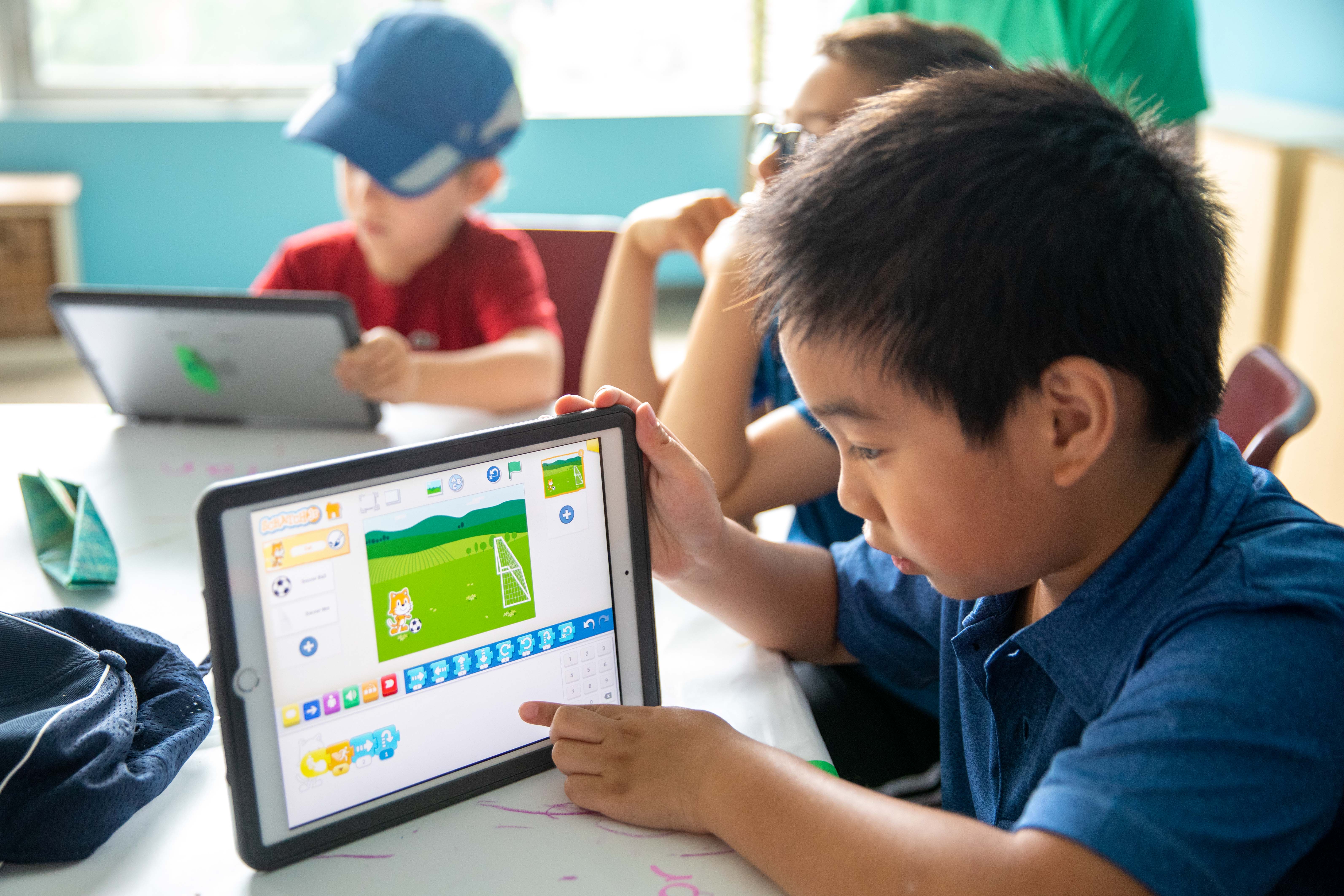
-
-
Introduce yourself and your program!
-
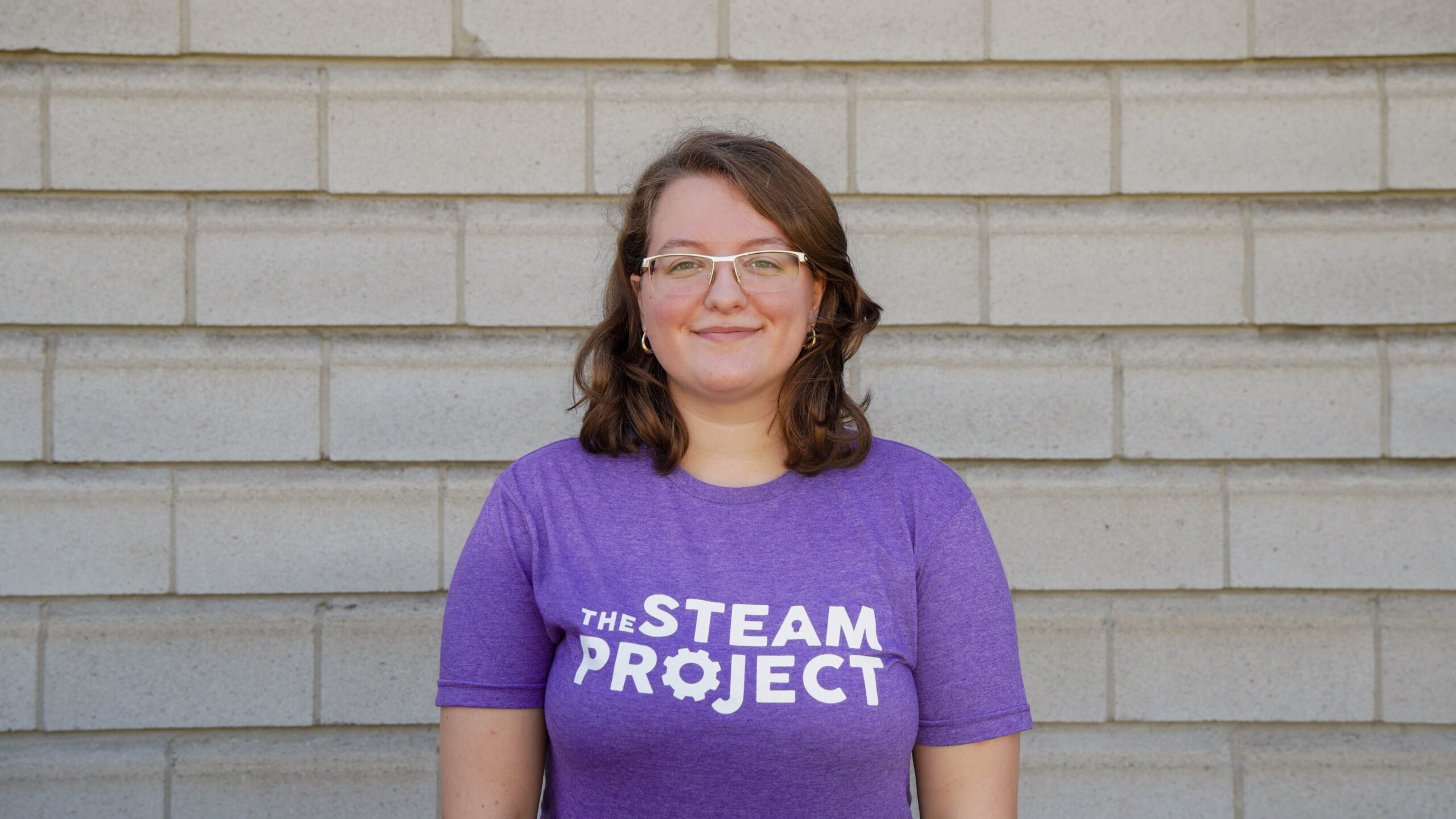
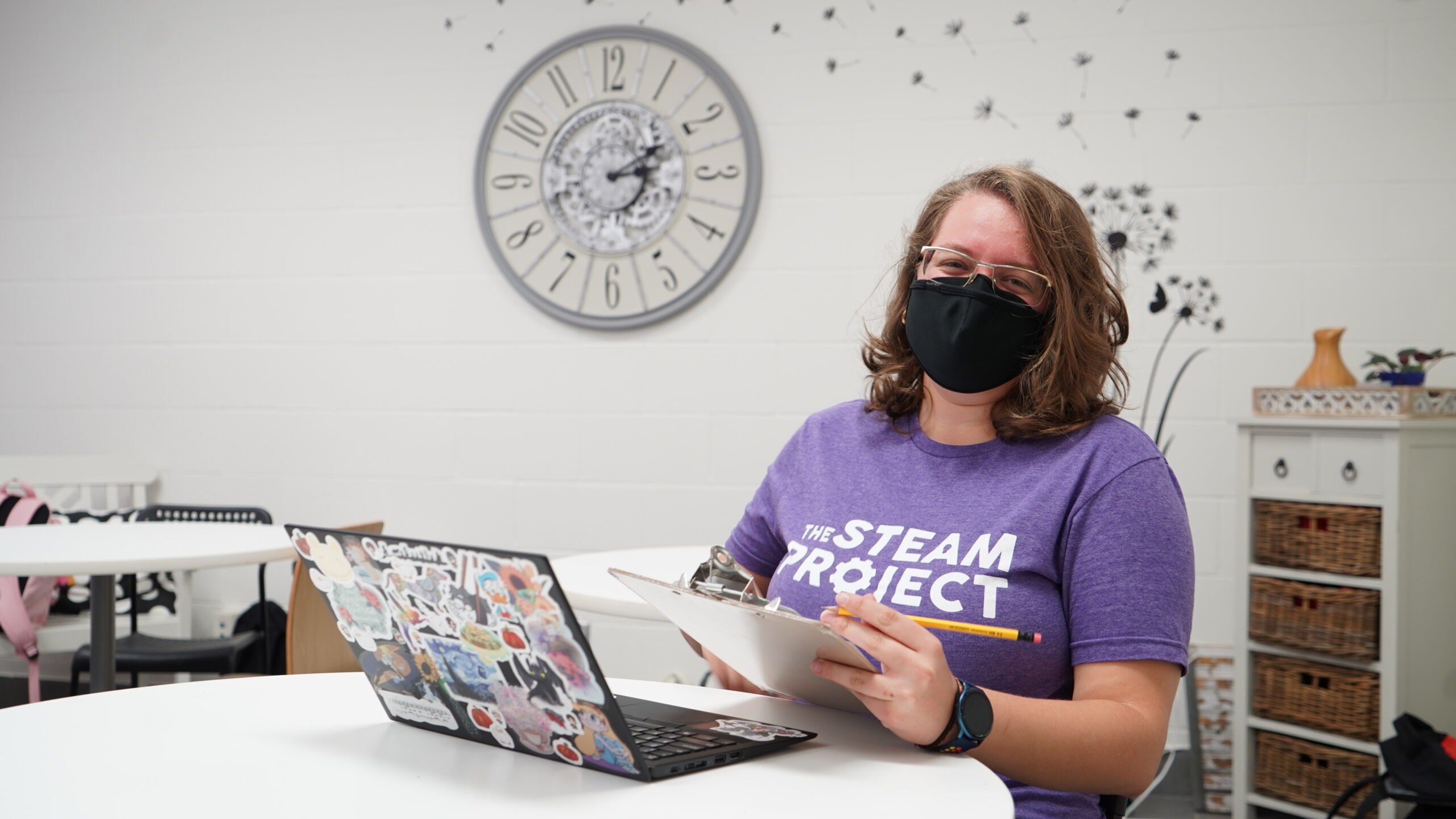
Hi, my name is Emilia Dolteanu and I’m at the University of Waterloo for my third year of studies in Biology and Music.
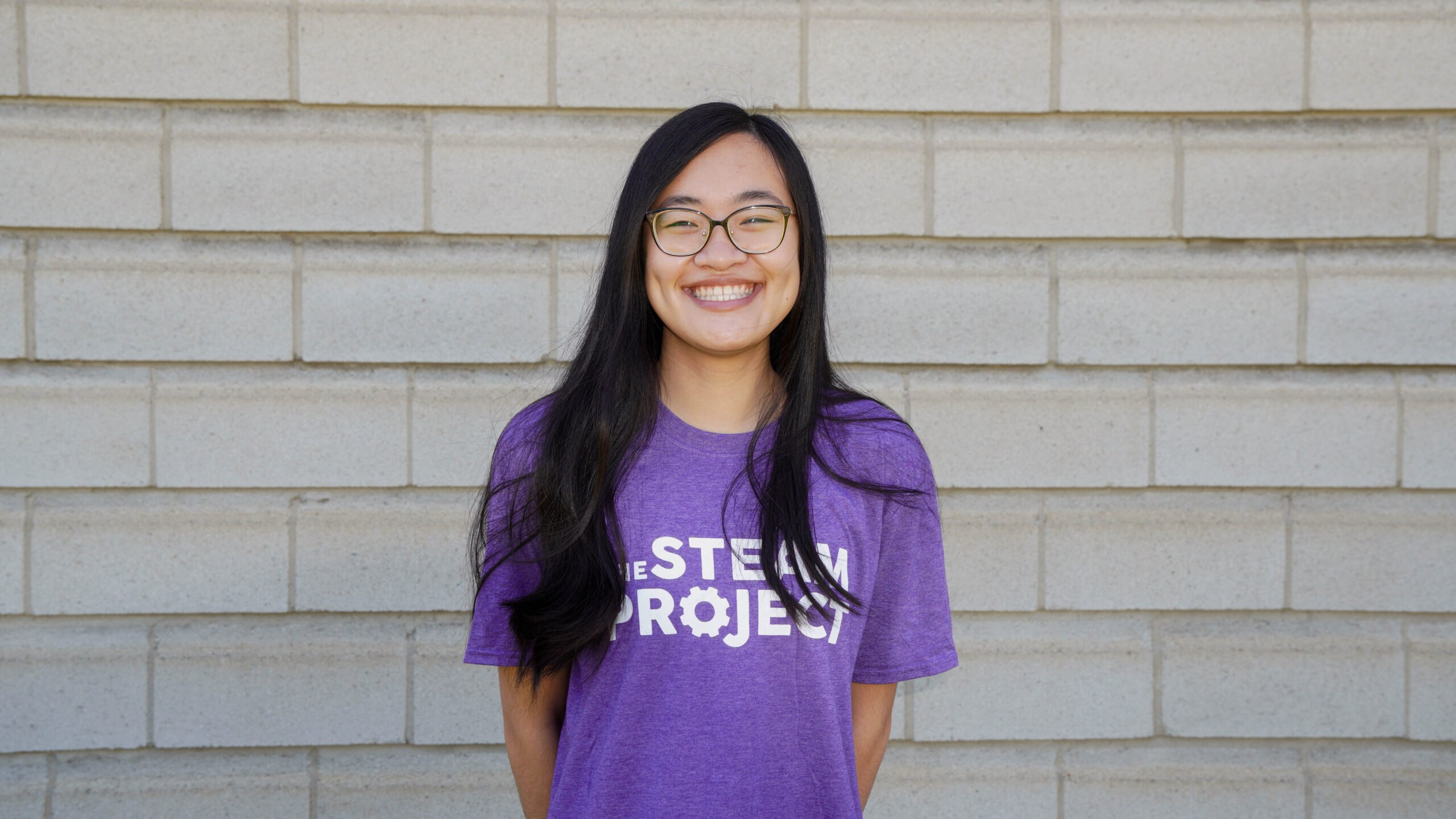
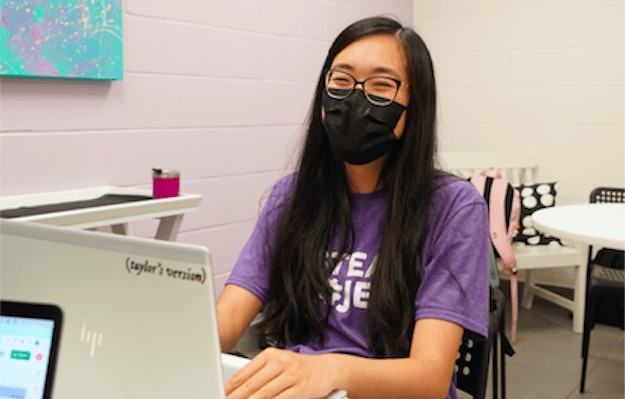
My name is Melanie Chung, and I’m going into my third year of Chemical and Biomedical Engineering at McMaster!
2. Why do you enjoy working at The STEAM Project?
Emilia:
I enjoy working here because I really want to be a teacher when I get older. I wasn’t really sure what age group I wanted to work with, so working here gives me the perfect opportunity to teach the younger grades especially.
It’s also STEAM—it’s concepts that I already love and study, so it felt super appropriate and I’ve been enjoying my experience so far.
Melanie:
I really love working with kids, it’s just really rewarding to me. It’s also nice to see all of the hard work that we’ve put in the last two months come to fruition and have the kids be enjoying it.
3. What project are you most excited for this session?
Emilia:
I’m most excited for the 3D Castle that I built! I’ve been working on it for months, from making prototypes to perfecting it and it’s a very cute project for the kids where it’s a little nightlight they can take home.
–
For the 3D castle since it was made out of laser cut pieces, I had to use Adobe Illustrator, which is a laser cut software. It was my first time though, so having to work through that with the different interlocking pieces of the castle, was quite difficult. It took a few trial and errors, but after I got the hang of it the result was awesome and then we had to move on to the functionality.
Originally it was supposed to be a circuit project, but then we scrapped that idea because we thought it would be too complicated for the kids, it was a Sprocket project after all!
They’re still young, still learning, so we decided to make it like a twistable light instead so it could still challenge them a bit and also added some decorations on the outside to make it look great.
Melanie:
I’m most looking forward to the Windmill project that I made with my co-worker Andrew, because we started off with just a picture from the internet and we turned it into something that looks awesome. I think the kids are going to have a really great time with it.
It’s also a woodworking project but it has arts and crafts involved, so it’ll develop their skills but also show their creativity which is really nice.
–
The idea was something that someone else suggested during our brainstorm and we decided to take it on because it seemed like a really cool thing and it fit with our theme of “How Stuff Works”.
It actually started with a really rough prototype that we threw out, but then we got a chance to go to the woodworking shop back at our Makerspace and from there we were able to use the tools there to make it work!
5. What is Session 2 about? Why is it unique this summer?
Emilia:
“How Stuff Works” is generally an engineering-based session, but we’ve also implemented a lot more artistic, health and architecture aspects in it as well. We want to teach them how light emits and puzzles and just starting from the base of things– so we’re trying to cover everything, not just engineering.
What do architects do? How do they design and build houses? How does paint work? How do we activate water colours? How do circuits work?
These are the kinds of questions we answer this session!
Melanie:
This session we’ll be learning more about the engineering part of STEAM. They’ll be learning architecture at its core while still focusing on electrical and woodworking skills.
Do you have any last message for our parents?
Emilia:
Melanie:
Curling Club
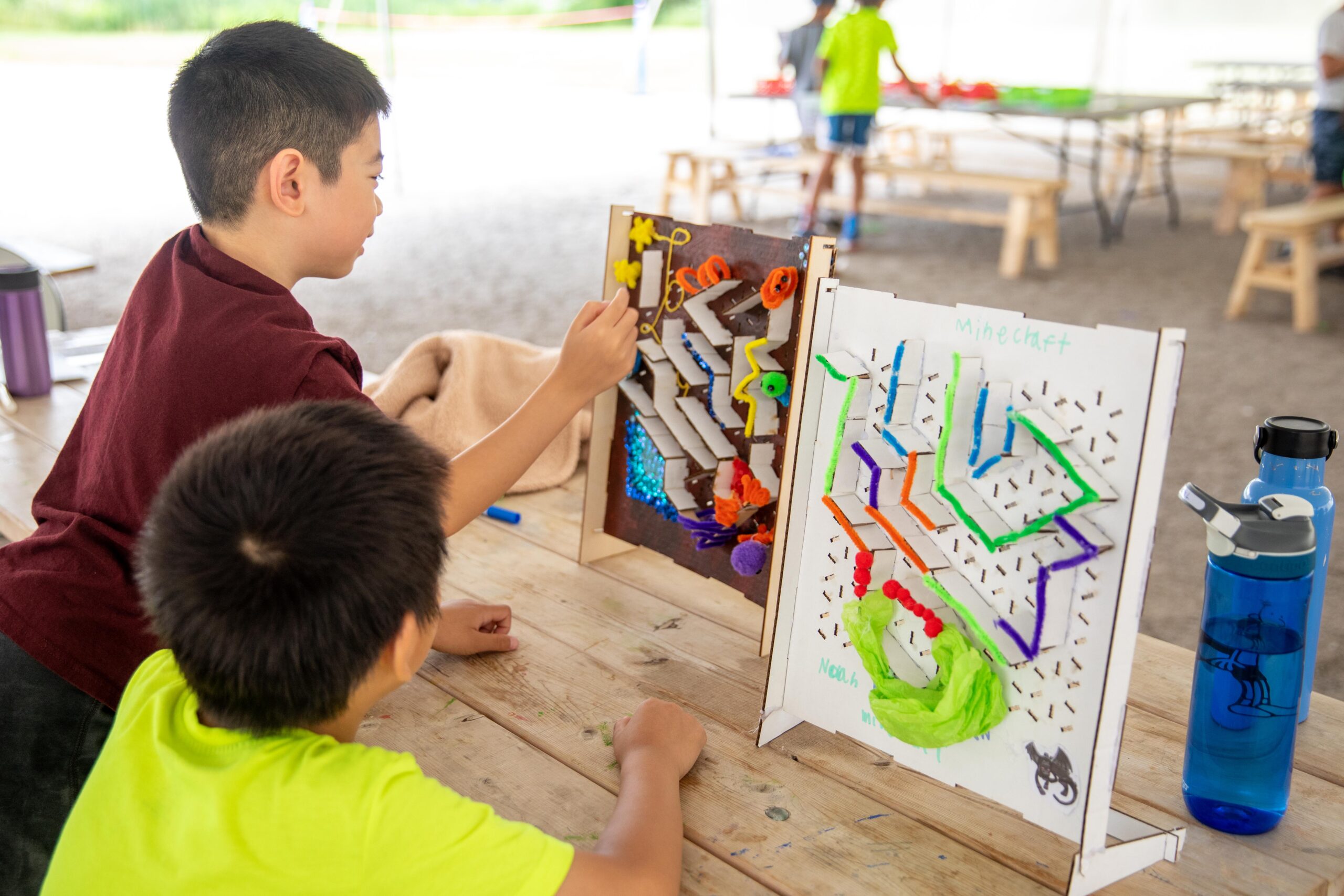
-
-
Introduce yourself and your program!
-
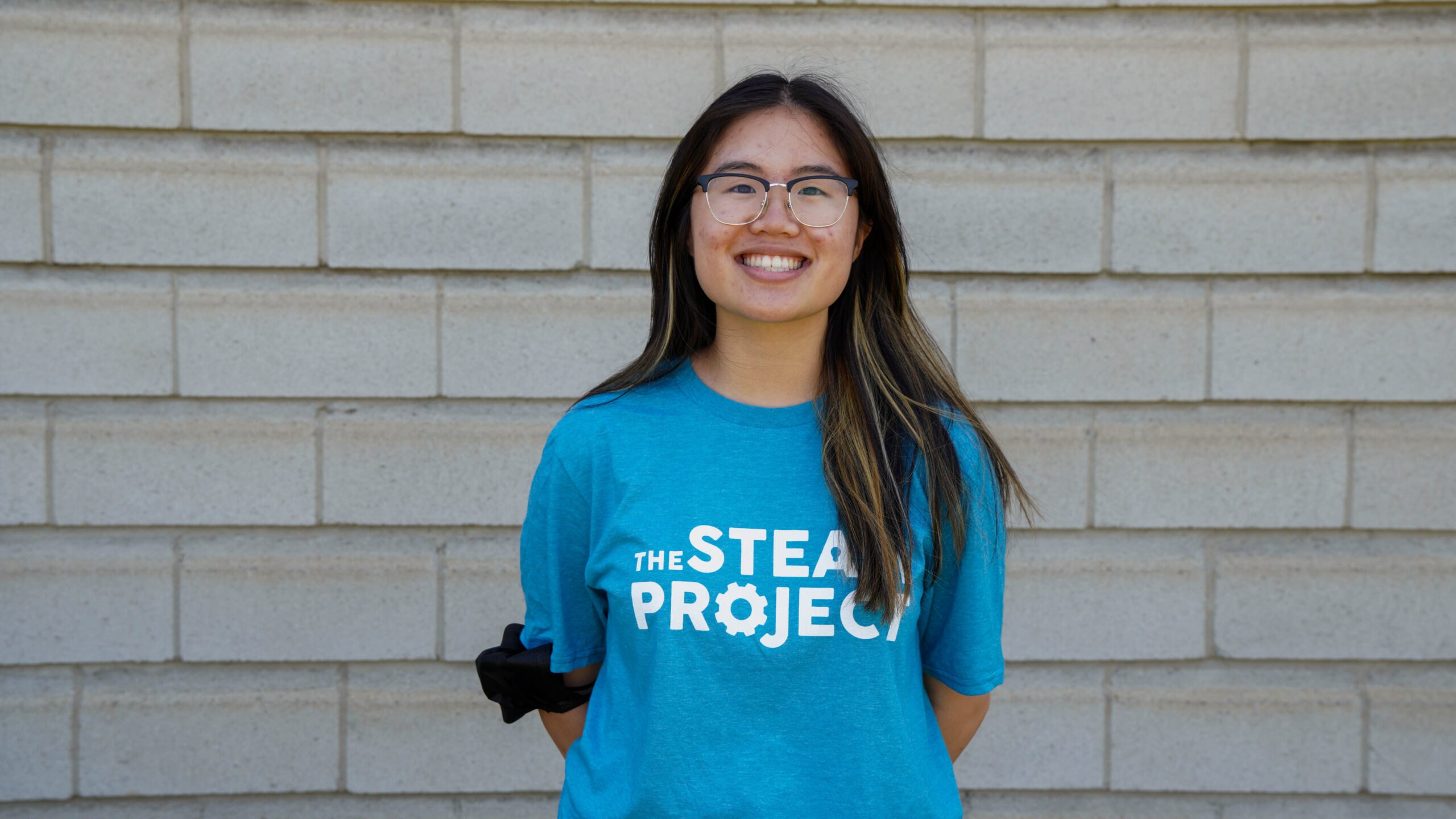
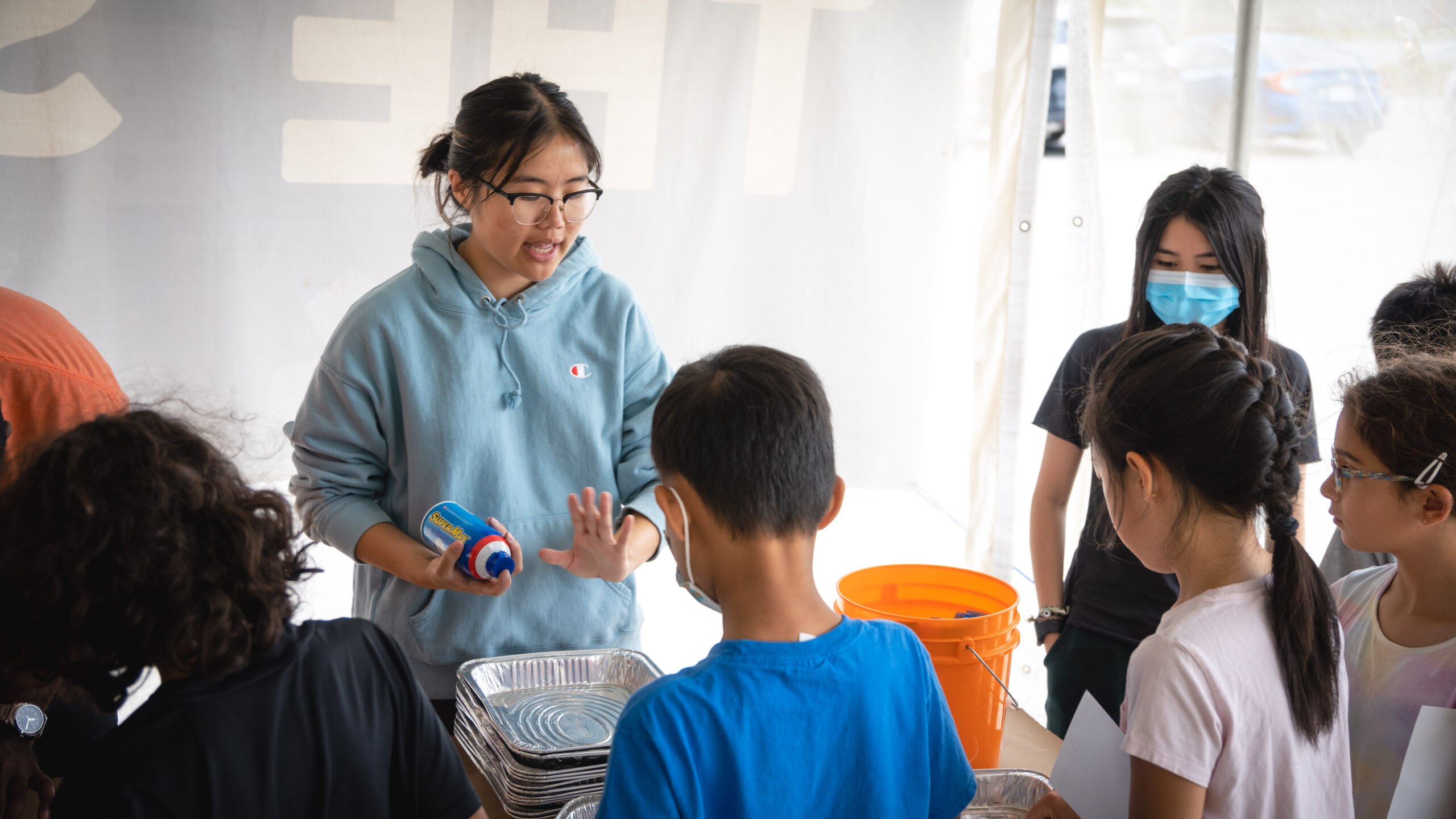
I’m Veronica Yung and I am in Interactive Multimedia and Design at Carleton University!
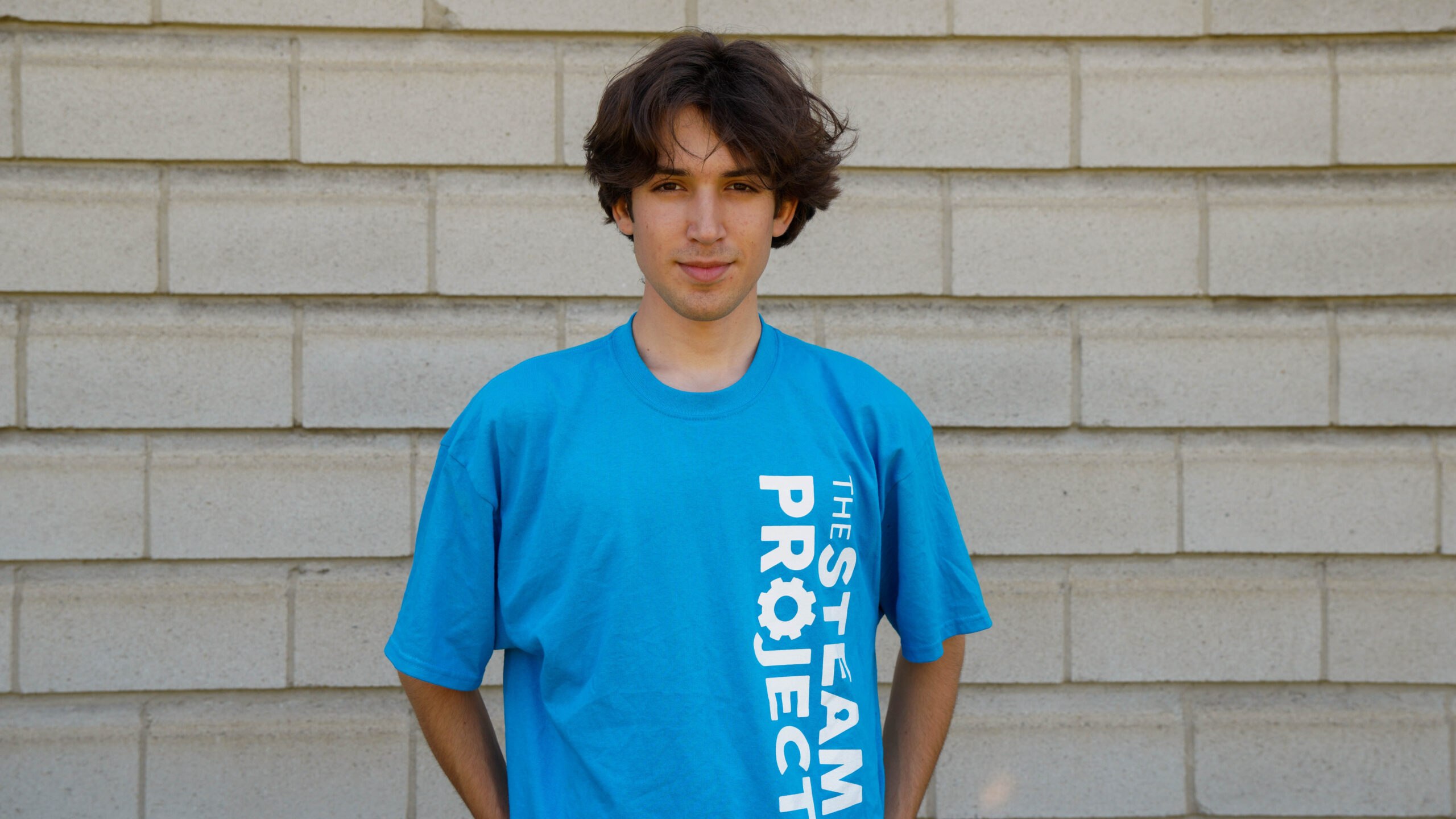
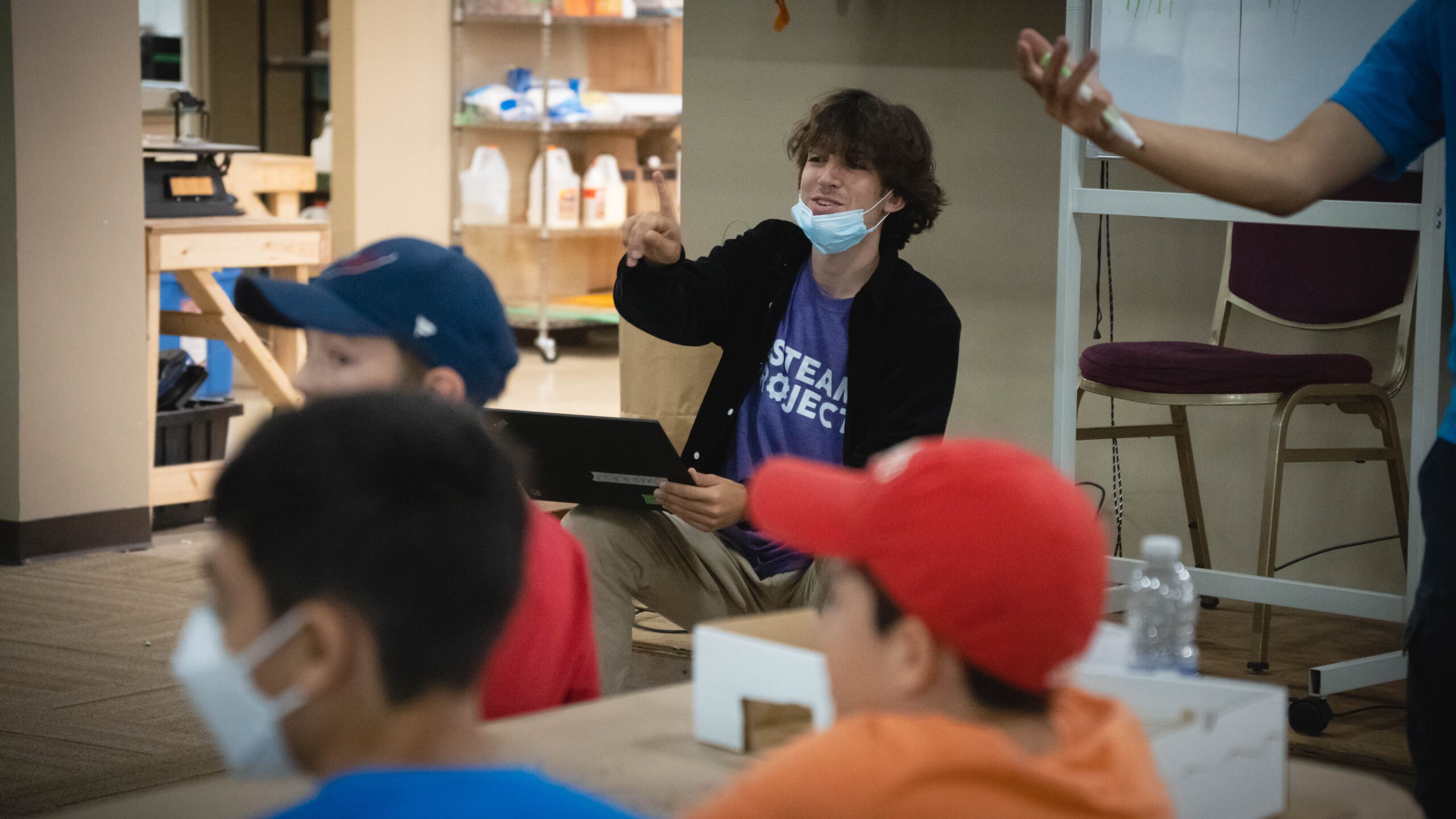
Hello! My name is Paul Oprise, and I am in the Architecture program at the University of Toronto.
2. What skills will campers be learning and how?
Veronica:
Campers this session will really learn to think outside of the box and understand that there’s no way to do a project.
We always look for ways we can have campers have their input in a project– we’re here to help them everyone customize and improve from the template we’ve designed.
Paul:
Collaboration is a big one. Campers work in teams to develop ideas and make decisions collectively and so that collaboration and communication is huge. Another one would be creativity, not only do they develop ideas but they carry them out.
3. What project are you most excited for this session?
Veronica:
The project I’m most excited for this session would have to be Shaving Cream Prints.
It’s something that I designed myself, and it’s really exciting because shaving cream itself has a really fun texture and using really simple items in the process to make prints from it is really exciting for me.
Seeing many different age groups do it is definitely something I’m looking forward to!
–
The process started with the brainstorm. Everyone was on the same page knowing what the theme was, then when we had some ideas thrown around before we got into the development.
The development phase was where we would see if the project was feasible, if it was age-appropriate, and once we established that we could start to make a lesson plan. We had to think about what we really wanted to teach the campers and have them learn (for example, will this project prime their soft skills, or teach them something practical, or both).
My personal favourite was prototyping, where we actually got to make these projects to see if it worked and if campers will enjoy it! We go through this quite a few times because sometimes it takes a few iterations to get to the final product that we present to campers.
Paul:
For this session, I would say the Paper Roller Coaster because it seemed to be a more difficult project; I like a good challenge and I know the kids do too.
–
I would say for the planning and preparation we[instructors] would start by getting inspired. Maybe that’s through books, past activities, or even projects from our childhood that we did at camp or school and tailoring that to the environment of The STEAM Project.
5. What has surprised you the most this session?
Veronica:
What has surprised me the most I think is how campers are able to find enjoyment from activities in unexpected and different ways.
Paul:
This session I’ve been surprised at the solutions campers come up with. I think the younger groups are more prone to design through iterative processes rather than linear ones, and so that means taking more risks when prototyping.
Do you have any last message for our parents?
Veronica:
Paul:
Fletchers Fields
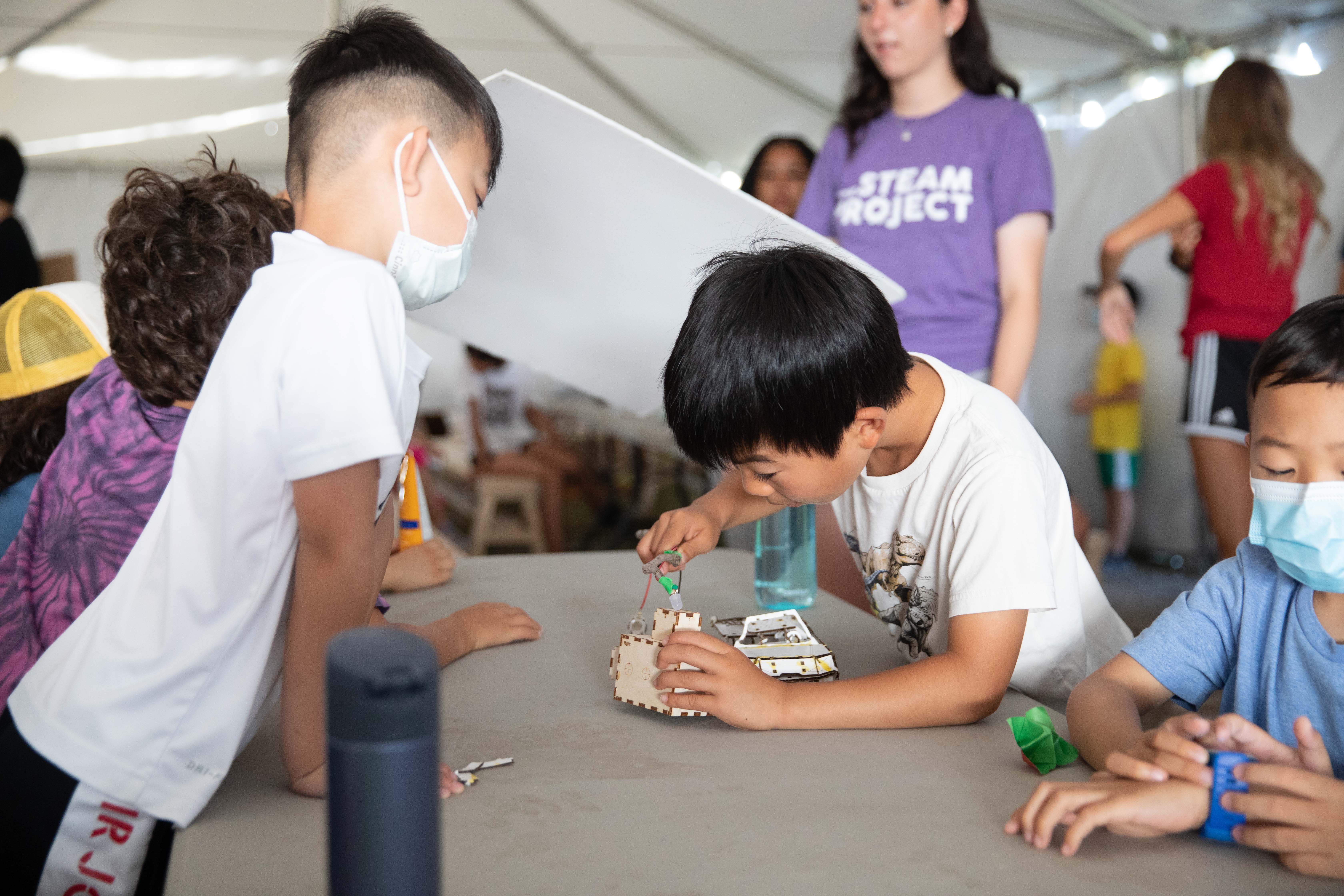
-
-
Introduce yourself and your program!
-
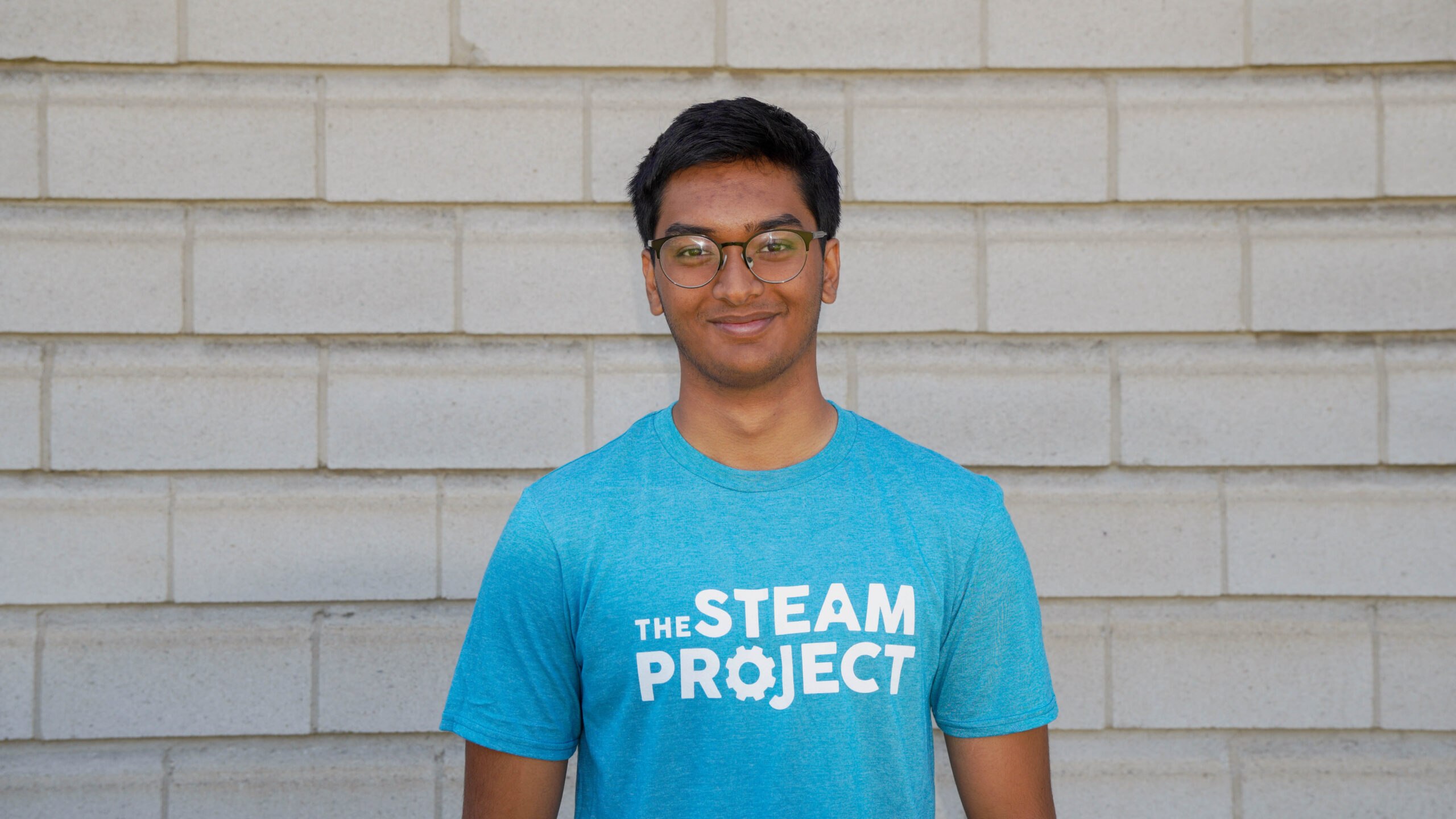

Hi, I’m Shaan Choudhury! I’m in Computer Science at Western University.
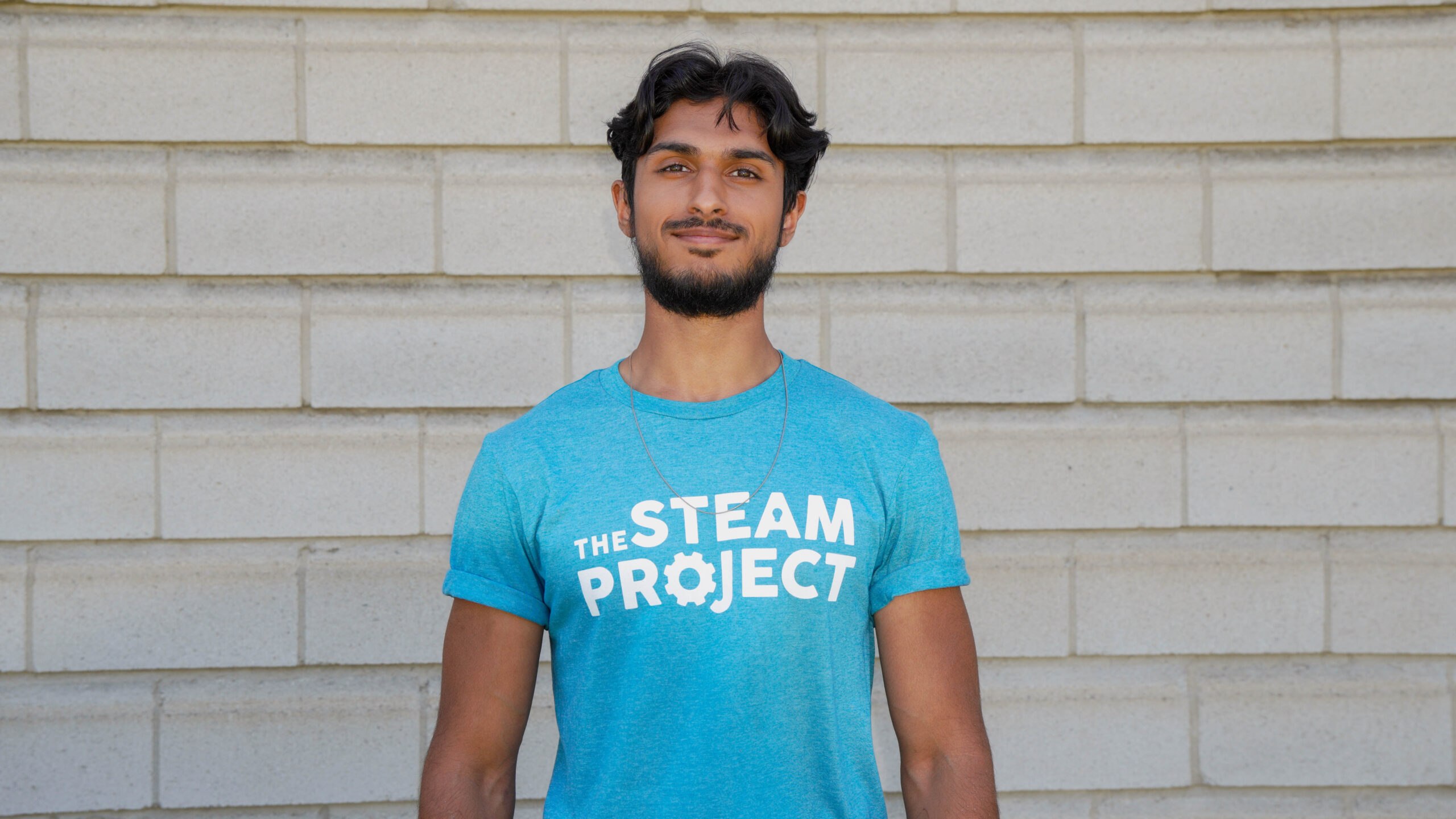

My name is Haider Ladha and I’m in Automation Engineering Technology at McMaster.
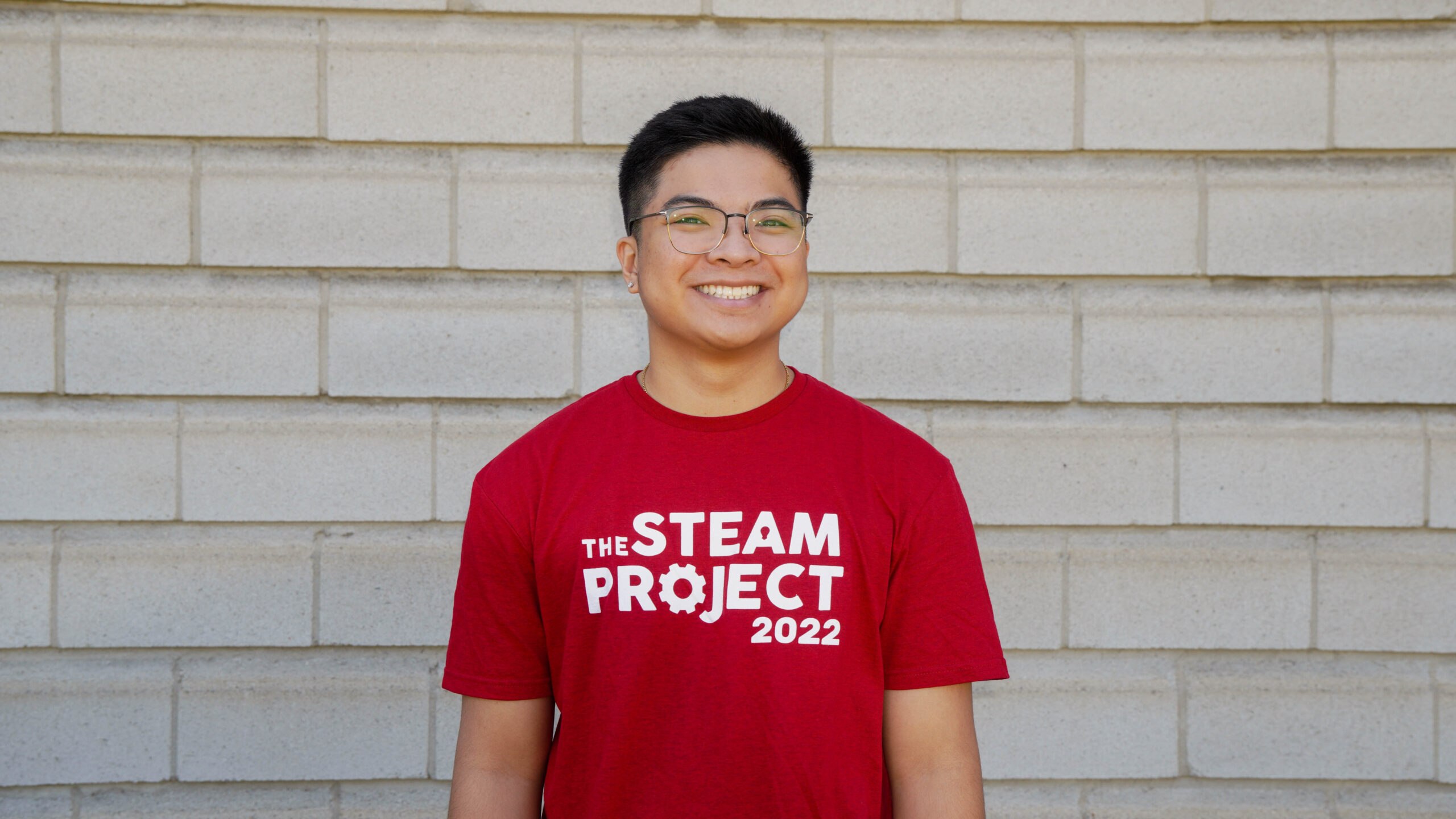

My name is Ryan Gueta and I’m studying Material Science and Engineering at the University of Toronto.
2. Why do you enjoy working at The STEAM Project?
Shaan:
Kids have an unfiltered excitement. If they’re excited about something they’ll definitely show it and they tend to be pretty excited about STEAM related projects, it’s really cool.
I heard that a project called the Distance Sensor went really well– it was a project where you use this ultrasonic sensor that measures distance to play ‘Marco Polo’! There’s a buzzer attached to it so if you went into a certain range it played a note so the kids really loved playing around with the radar.
They also loved the Copper Name Tag, which is a circuit they make in the shape of the first letter of their name. They thought that was really cool and it was great to see campers having so much fun.
Haider:
I really enjoy having the opportunity to motivate young children’s minds. I see a lot of interests in these kids, and I really love seeing that and helping bring to fruition to that through projects and activities and getting to teach them. Especially the critical aspect of thinking and all that, I love seeing that grow and expand in campers.
Ryan:
I feel like it gives you an opportunity to think really creatively to solve problems. There’s been a lot of projects where the kids were struggling and we had to come up with creative solutions to help them do it so it helps us use our creativity for their sake and to be better teachers.
3. What project are you most excited for this session?
Shaan:
There’s this project called Servo Swordfight, which is basically using an Arduino to control a servo motor, and attached to it is like a cardboard sword that swings back and forth!
I think that’s going to be really fun because kids are really fascinated by anything they can control that moves around a lot. So I think when we get to it it’s going to be really great and fun for the kids.
–
The project planning could be split up into 3 phases. There was code, circuitry and 3d printing/modelling. The code and circuitry were pretty simple and only had a few hiccups along the way, but the 3d modelling was a bit more difficult. I had to get the measurements exactly right so that the servo could sit comfortably and not tip over while the sword was swinging.
Haider:
Truthfully what I’m most excited is archery and the reason being is simply because its archery. It’s really cool, and I’m just really excited to do that with the kids because I know they’ll love it.
–
Generally, the process for projects is designing, prototyping, testing and teaching– in that order. First, we come up with a basic design/simple concept of an idea that we want to do, then we work through it digitally. So we’ll often come up with Tinkercad designs, or even use LightBurn or Corel to come up with a basic prototype.
We then bring the prototype together, test it out usually with other instructors and get feedback from other people. Eventually we’ll finish by getting our materials and quantities straight, pack that up and then teach it to the kids!
Works like a charm.
Ryan:
I definitely enjoyed the Balloon Lungs — it’s one of the projects I made! It’s basically a plastic cup and by using straws and water balloons, it mimics lungs inflating and deflating when you pull down on the bottom balloon that’s attached to the cup.
The kids really loved it. A lot of them were curious as to how it worked and why pulling down on the bottom balloon would cause the balloons at the top to inflate, so that led into a lesson about lungs and how our diaphragm works– even concepts of volume and pressure and how that relates to how we breathe in and out.
–
I was kind of inspired to do this idea from a biomechanics class that I was taking for my minor! I was learning about lungs and I stumbled across this project on YouTube, so I kind of recreated it on my own.
A big challenge was that it was hard to get enough recycled plastic water bottles for us to use, so I had to improvise and figure out how to use regular plastic cups.
It actually took me three rounds of prototyping to be able to make it work properly!
4. How can campers come to camp prepared?
Shaan, Haider and Ryan:
Make sure to get lots of sleep!
Do you have any last message for our parents?
Shaan:
Haider:
Ryan:
***
*Responses have been edited for clarity and/or brevity*
Did you enjoy this blog? We’ll be releasing MORE Instructor interviews bi-weekly so you can learn more about who’s teaching your child, and what they have planned next!
Do you have a question for our instructors or are curious about camper projects?
Let us know through social media! DM us on Instagram or Facebook what topics you want to be covered, or what questions you want us to ask our instructors!
We can’t wait to spend another week with you!
– The STEAM Project Family
If you have any questions or concerns, don’t hesitate to contact us at 289-819-0178 or office@thesteamproject.ca.

